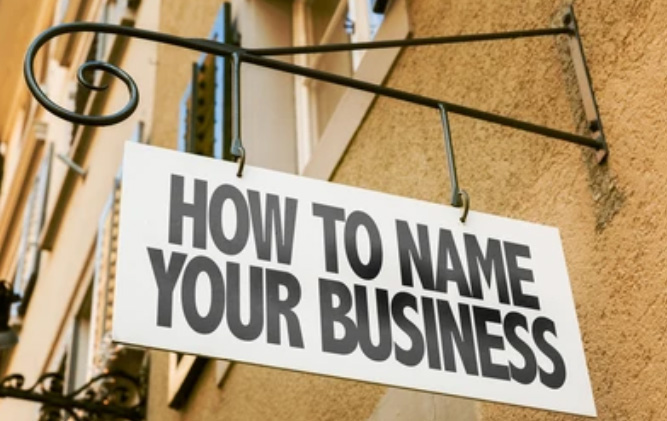
The Ultimate Guide to Creating a Strong Trademark
A trademark is a name, the identity of your business, product, or service. Just like how your parent...
Read More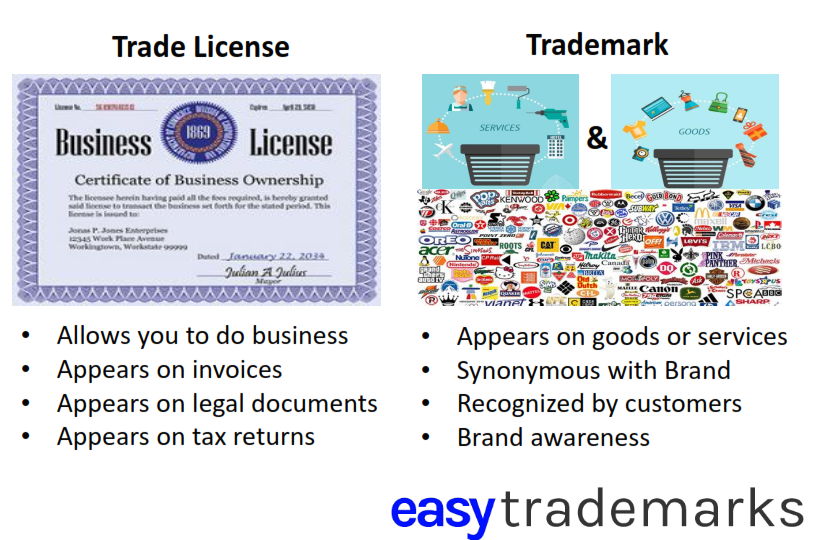
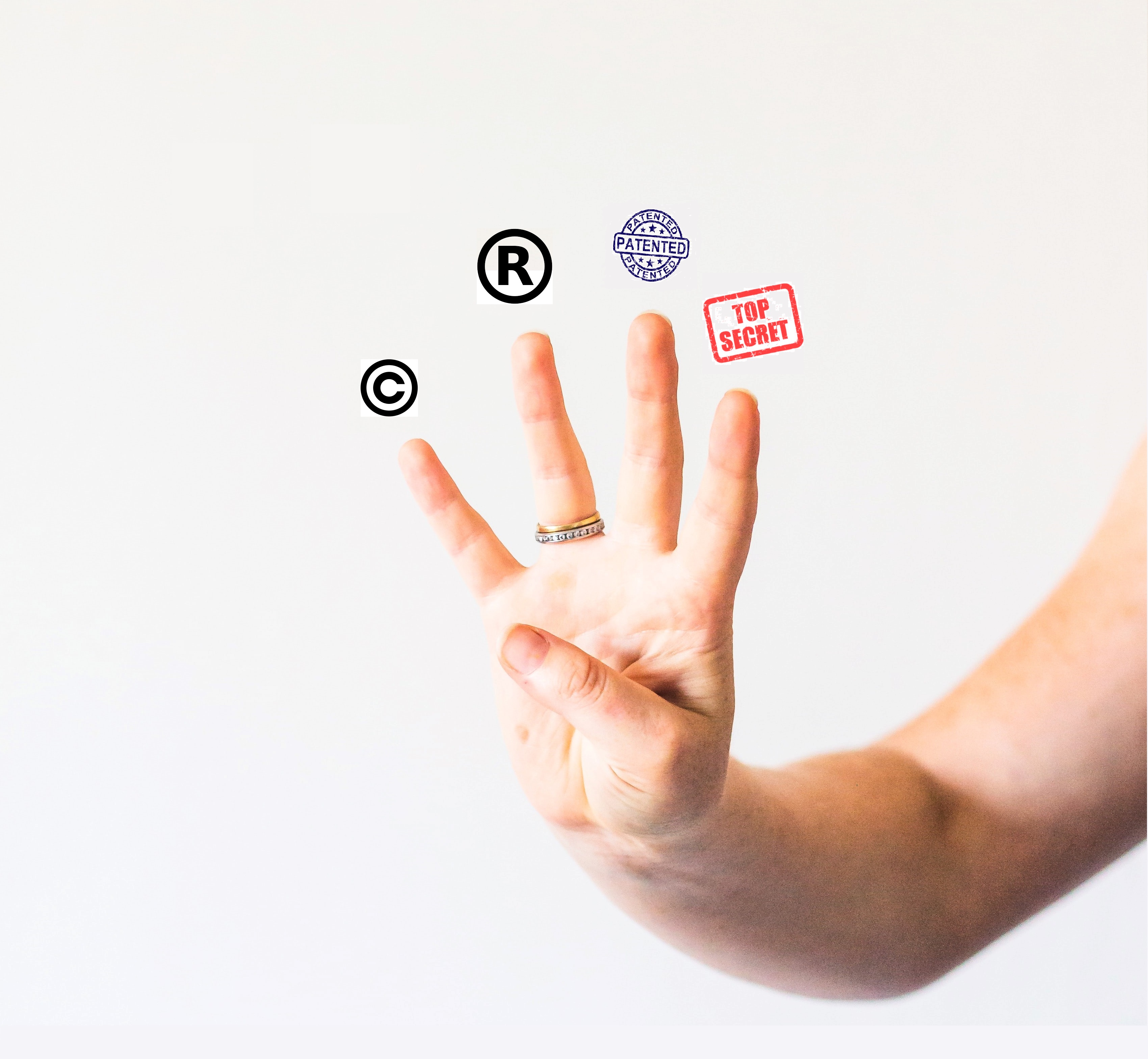

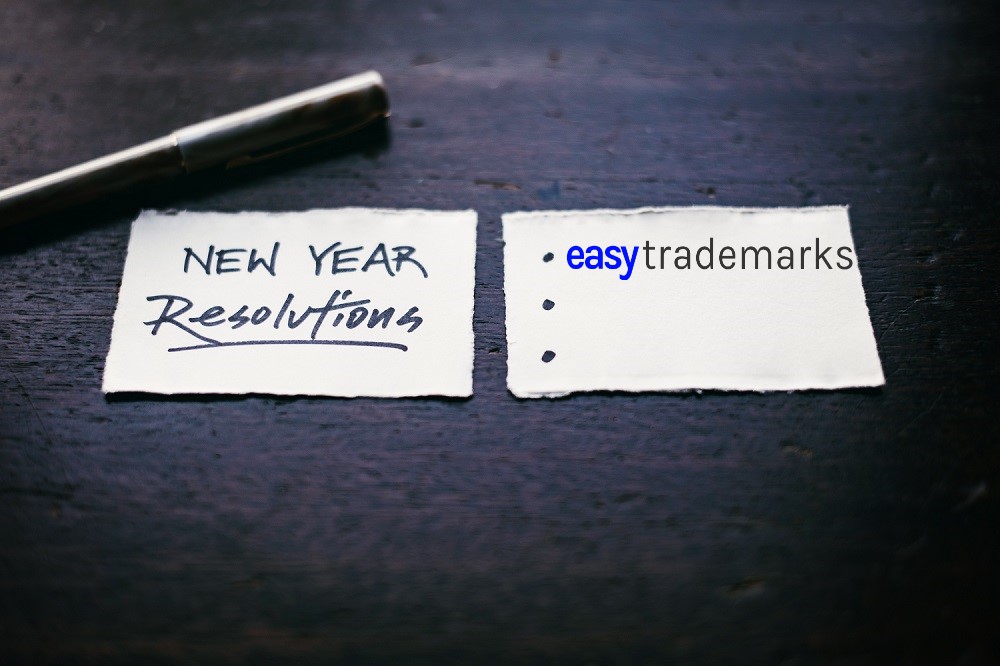

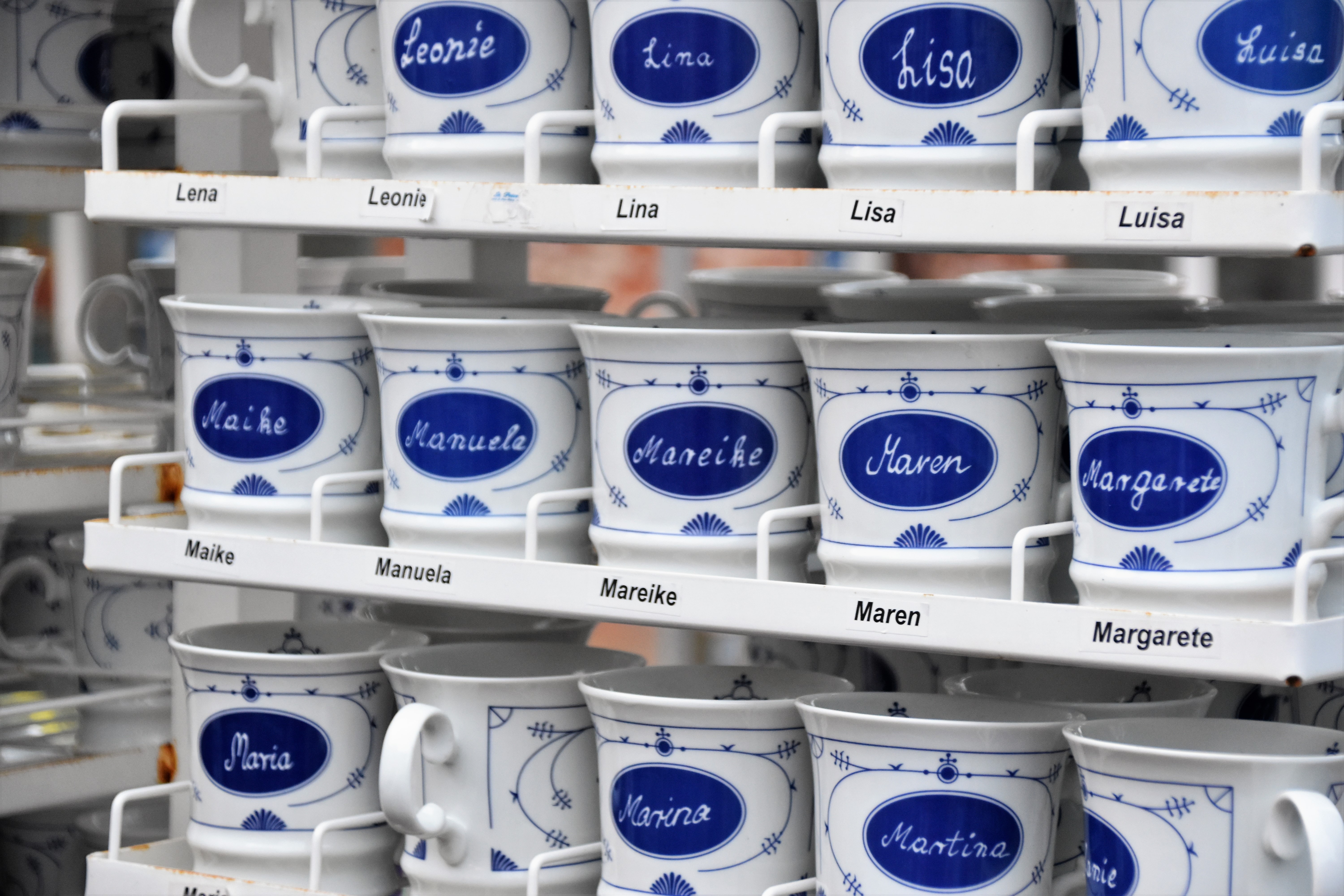
Most Frequently Asked Questions
1. what is intellectual property ?
2. What is a trademark?
3. What is a patent?
4. What is a copyright?
5. What is geographical indication?
6. Are trademark and copyright the same thing?
7. What is trademark Goodwill?
8. What is a service mark?
9. What is the difference between a trademark and a service mark?
10. What is a word mark?
Templates & forms
Condé Nast Announces that Vogue Will Absorb Teen Vogue’s Website
4 November 2025, 1:21 amTeen Vogue’s website is folding into Vogue.com, further eroding the sister publication’s presence as an independent brand.
read moreUser Guide
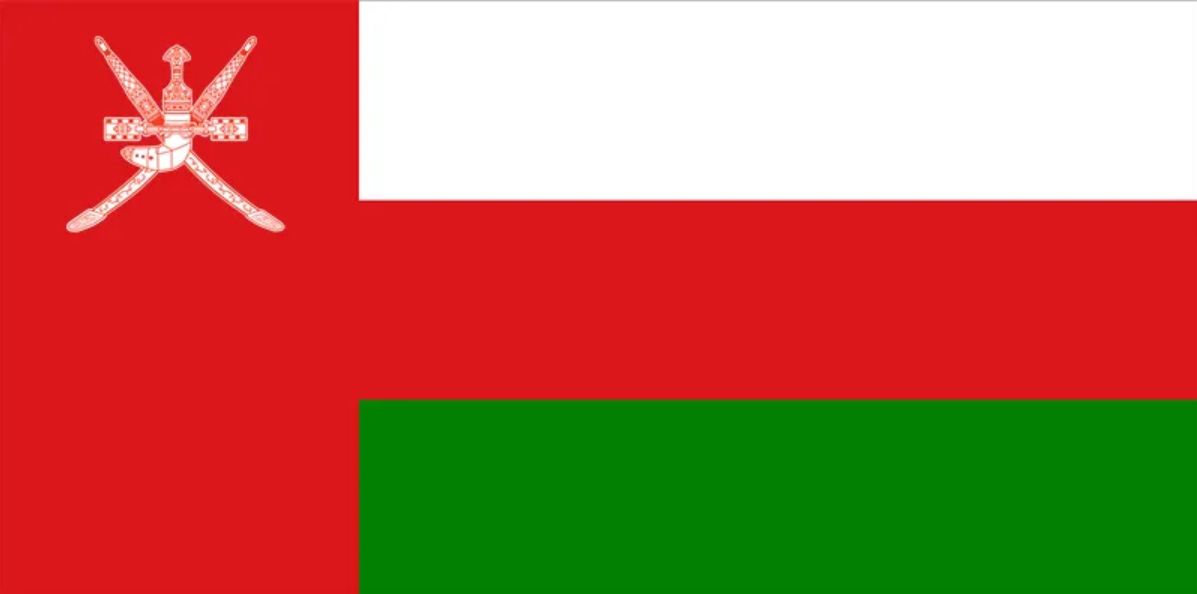
All you need to know for a trademark registration in Oman
Discover the essential information and step-by-step process for registering a trademark in Oman with...
Read More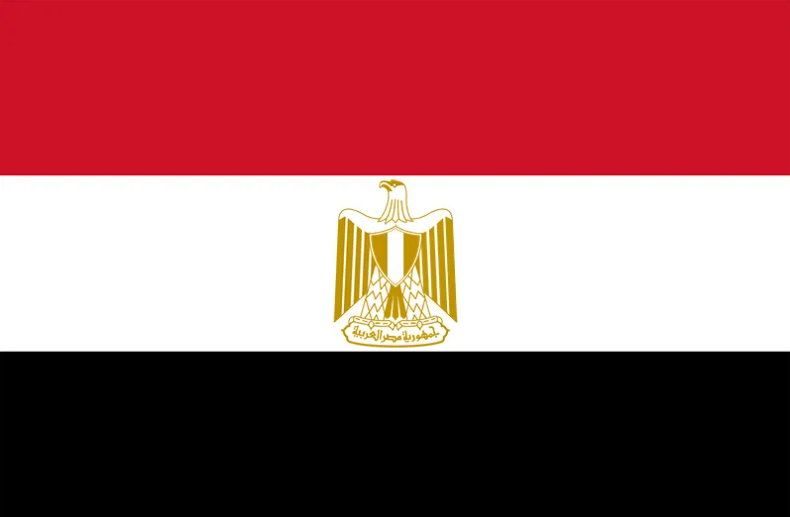
The ultimate guide to trademark renewals in Egypt
Are you looking to renew your trademark in Egypt? Discover the streamlined process and legal require...
Read More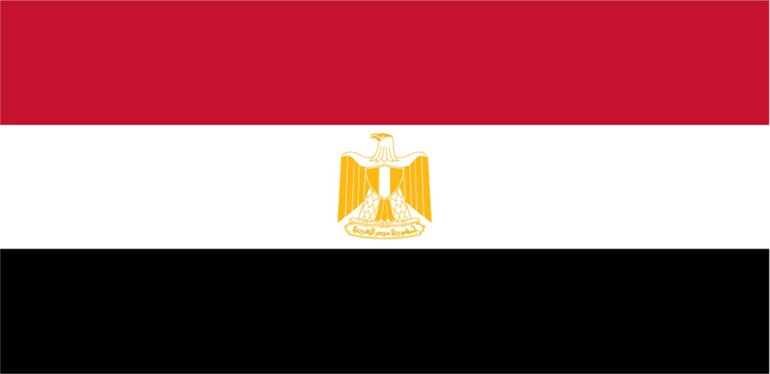
All you need to know for trademark registration in Egypt
Discover the essential steps and requirements for trademark registration in Egypt. Ensure the legal...
Read MoreOur Community

Saudi Authority for Intellectual Property aims to organize, support, sponsor, protect and promote intellectual property in the Kingdom of Saudi Arabia in accordance with global best practices. SAIP was established to house all Intellectual property protection procedures with specialized experts, judges, examiners and legal practitioners.
visit official site
The Ministry of Industry, commerce and Tourism has been known throughout its long history by different names. The ministry is responsible for multiple matters relating to trade in Bahrain, specifically intellectual property matters. These activities include all intellectual property (IP) matters ranging from trademarks, service marks, industrial designs, copyrights, patents and domain names.
visit official site
The Ministry of Economy in the United Arab Emirates (UAE) carries out the the General Development plan of the state through several projects which enhances and develops the UAE's competitiveness in the field of intellectual property and prepare for an environment that encourages research, development and innovation.
visit official site
The foreign trade department at the ministry of commerce and industry is the authority responsible for developing activities concerned with regional and international programs, In addition to intellectual property matters, the department monitors internal and external commercial activity, local and foreign exhibitions, and promoting Kuwaiti exports in foreign markets, and strengthening Kuwait’s commercial and industrial relations with Arab and foreign countries and organizations.
visit official site
The Ministry of Commerce and Industry is responsible for overseeing commercial and industrial activities for the State of Qatar, directing these activities in accordance with the requirements of national development. These activities include all intellectual property (IP) matters ranging from trademarks, service marks, industrial designs, copyrights, patents and domain names.
visit official site
The Ministry of Commerce and industry in the sultanate of Oman is responsible for multiple matters relating to trade in Oman internal and external trade. These activities include all intellectual property (IP) matters ranging from trademarks, service marks, industrial designs, copyrights, patents and domain names.
visit official site






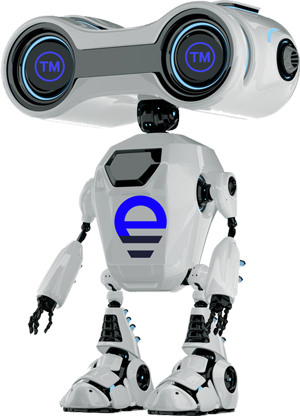
Curious to learn more?
Let's chat! Our team of experts are here to answer any questions you have
Email us License our tech Set up a meeting

